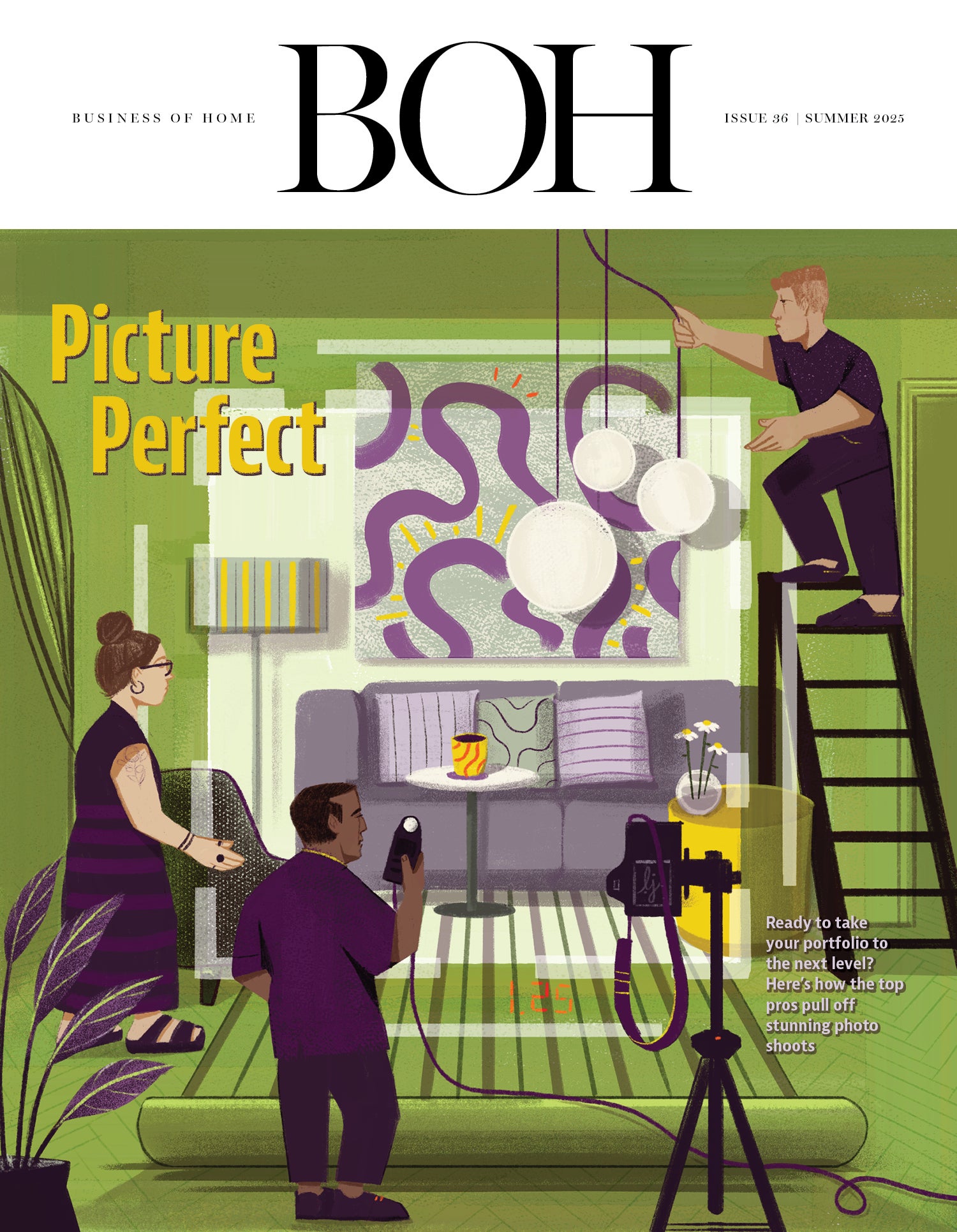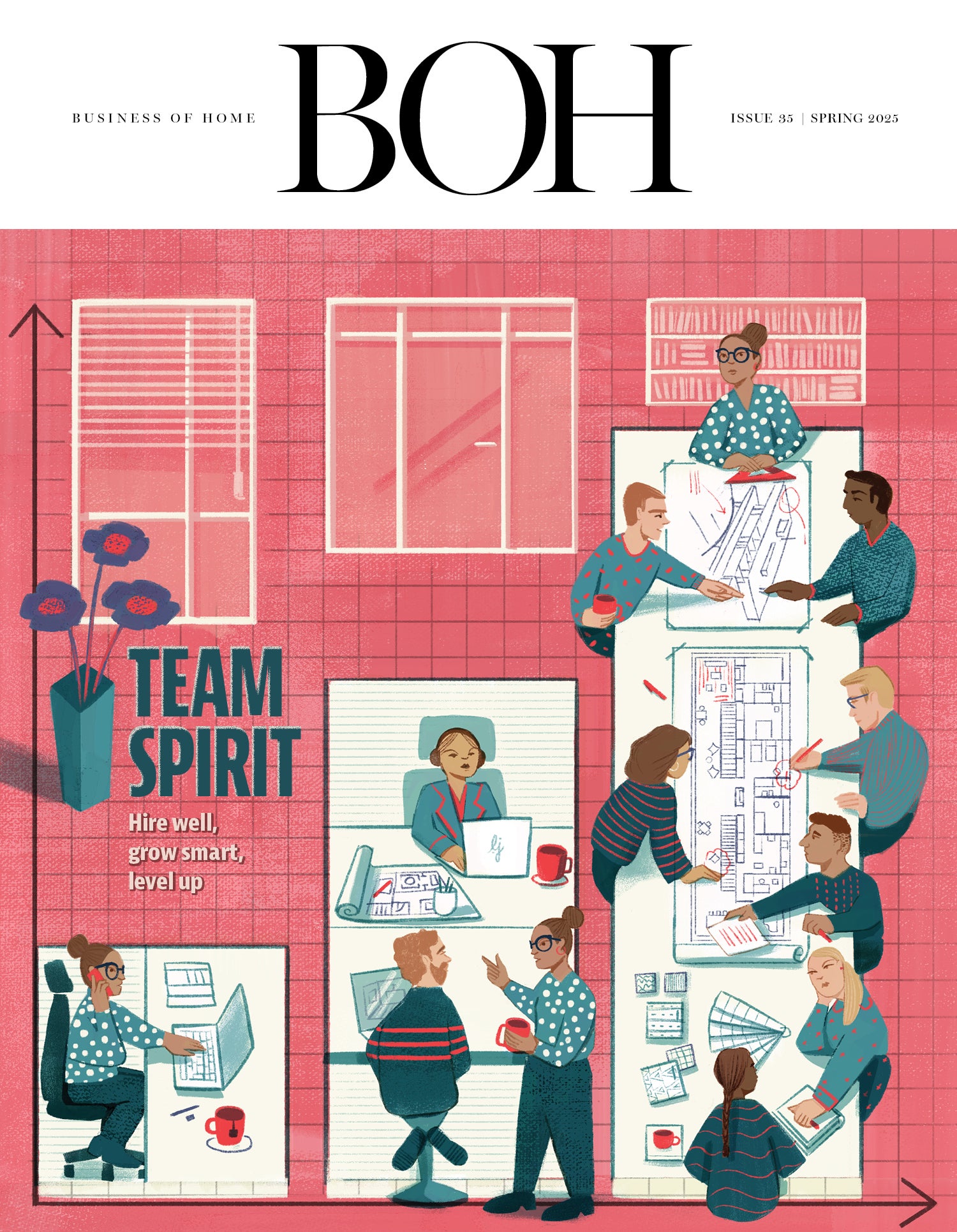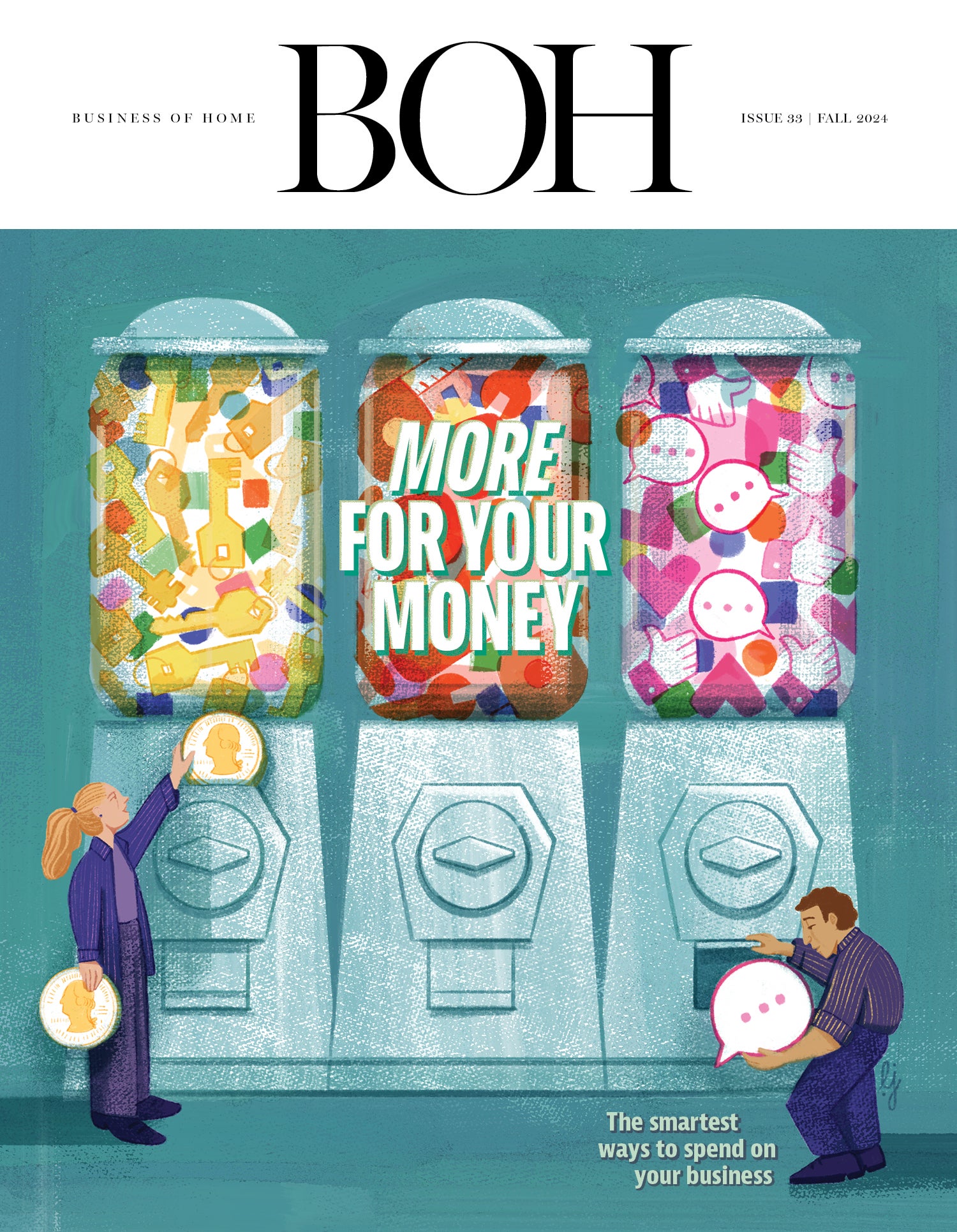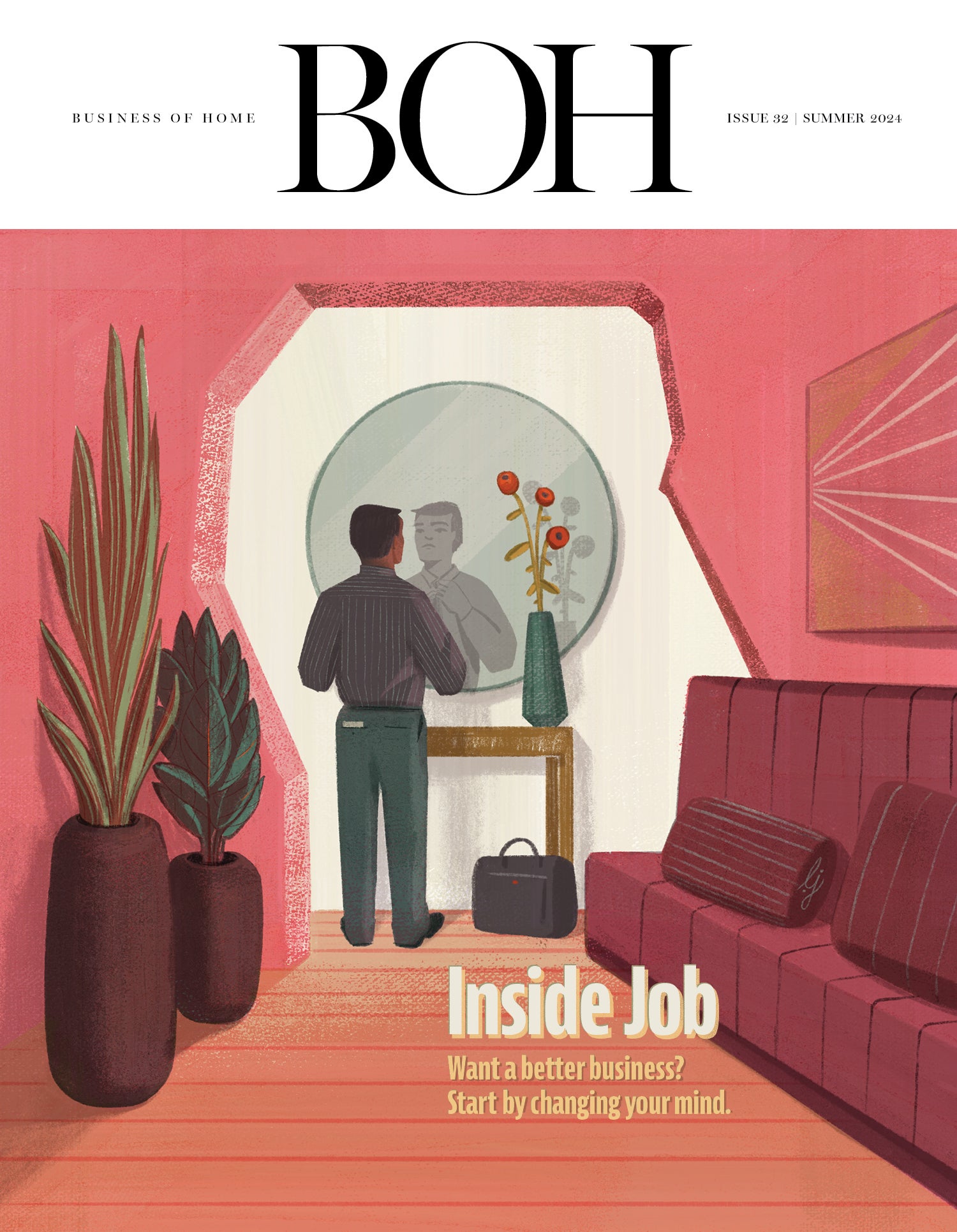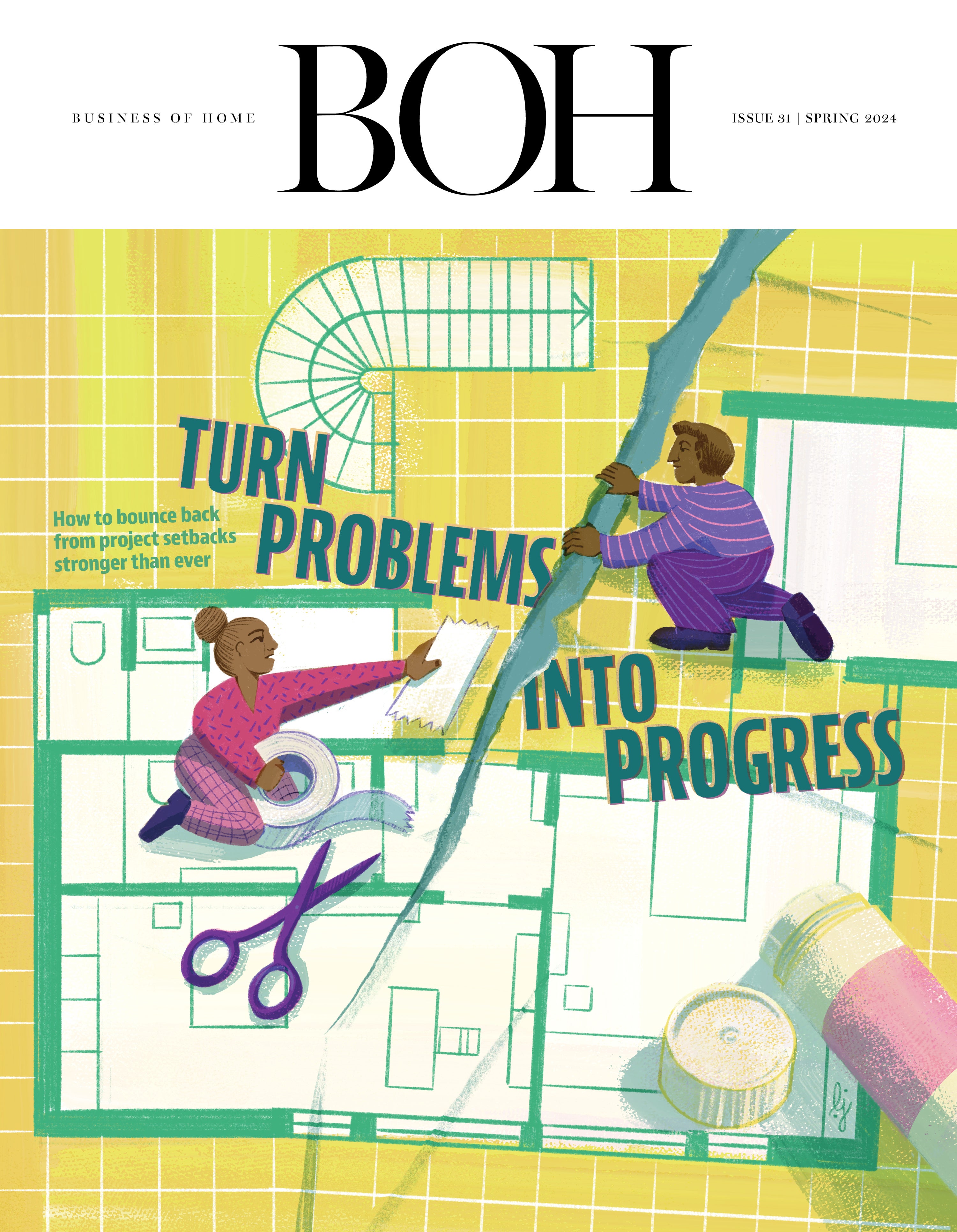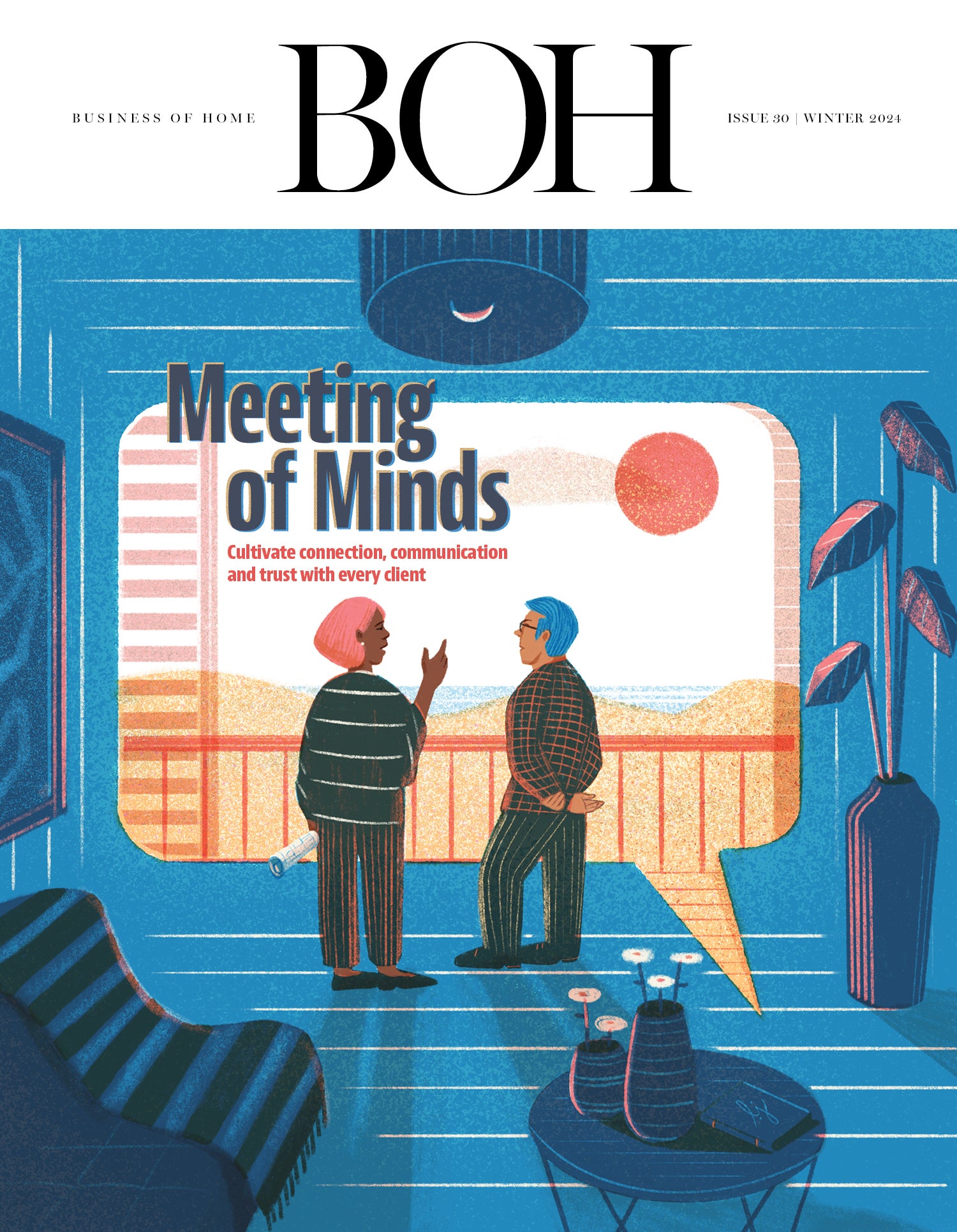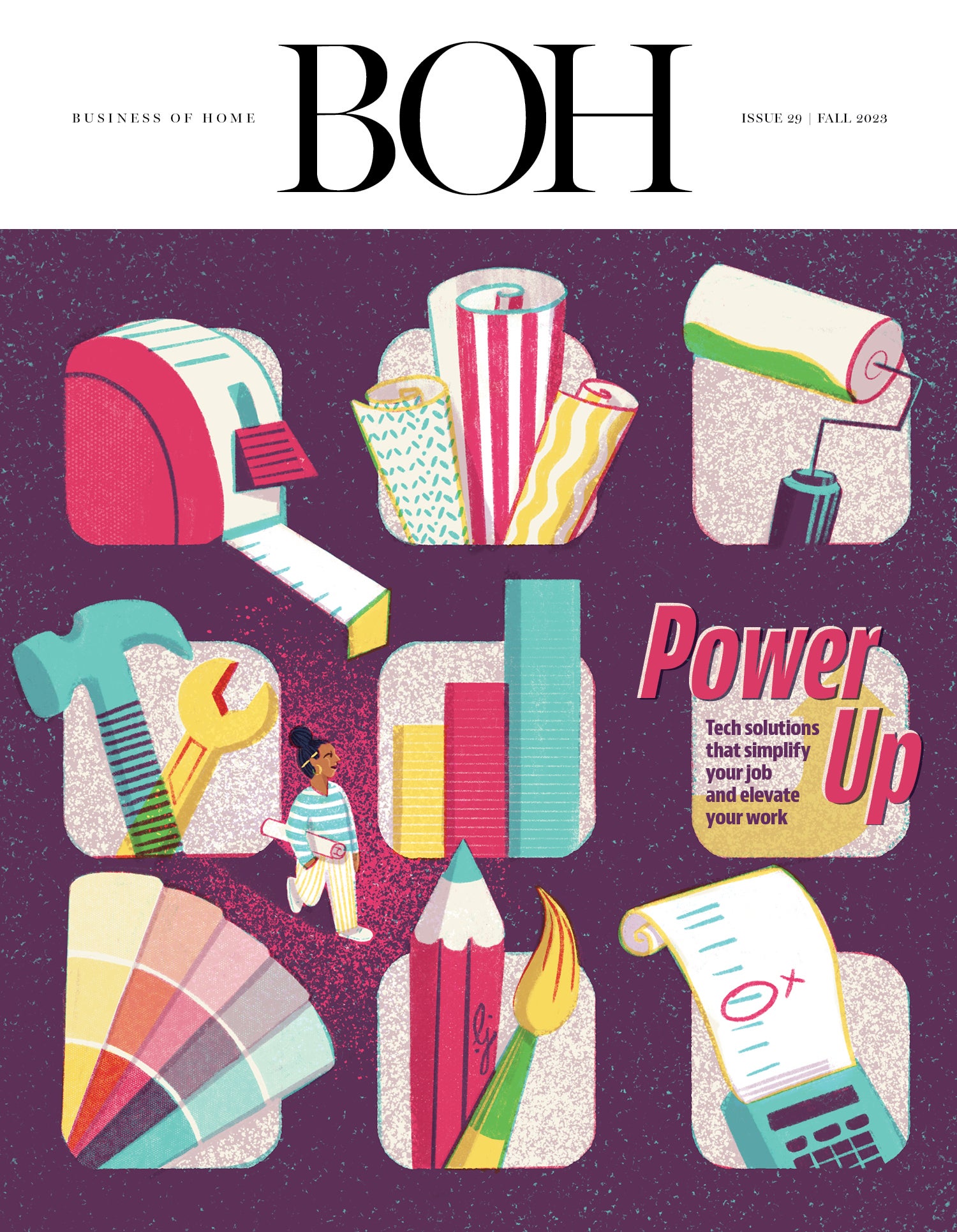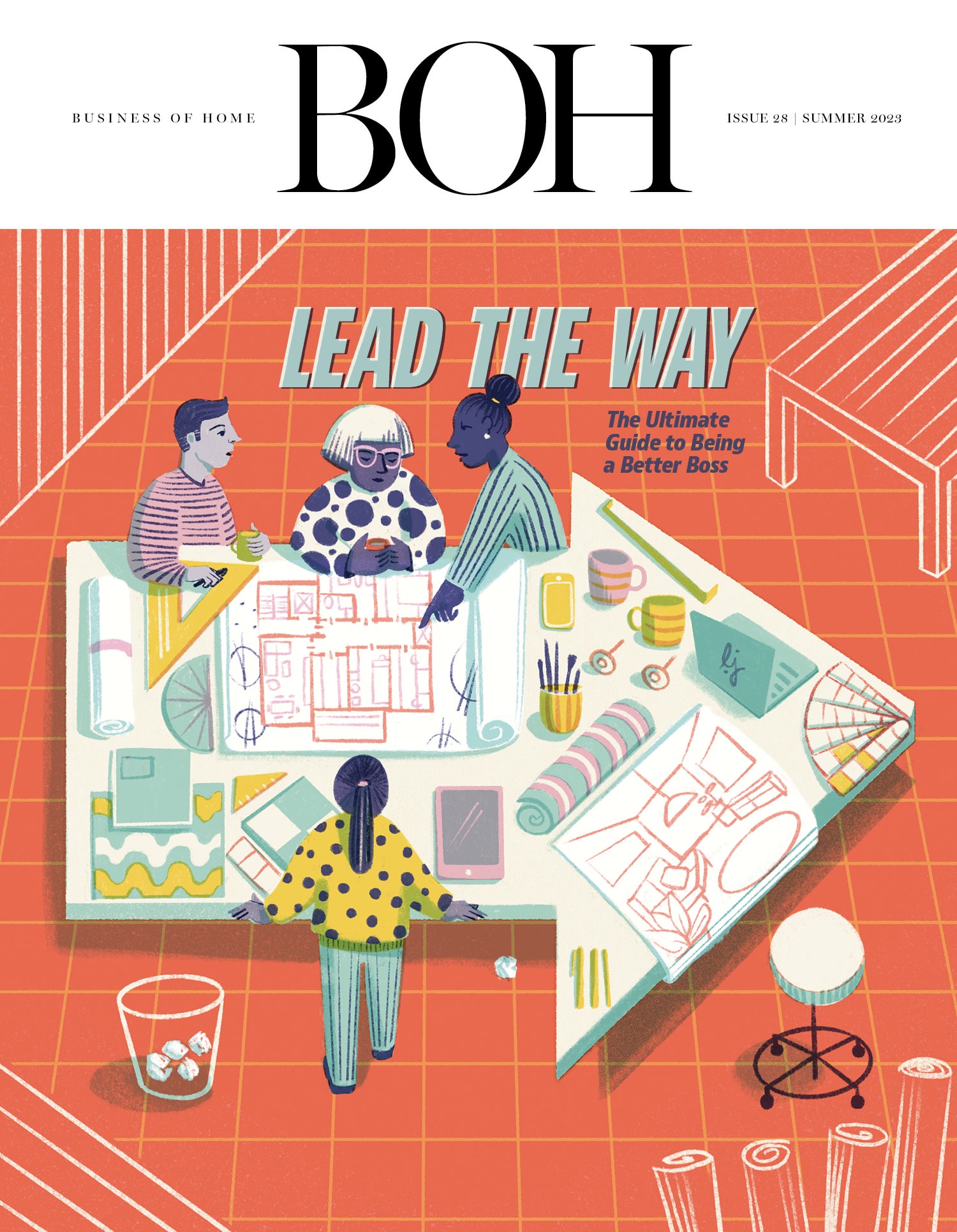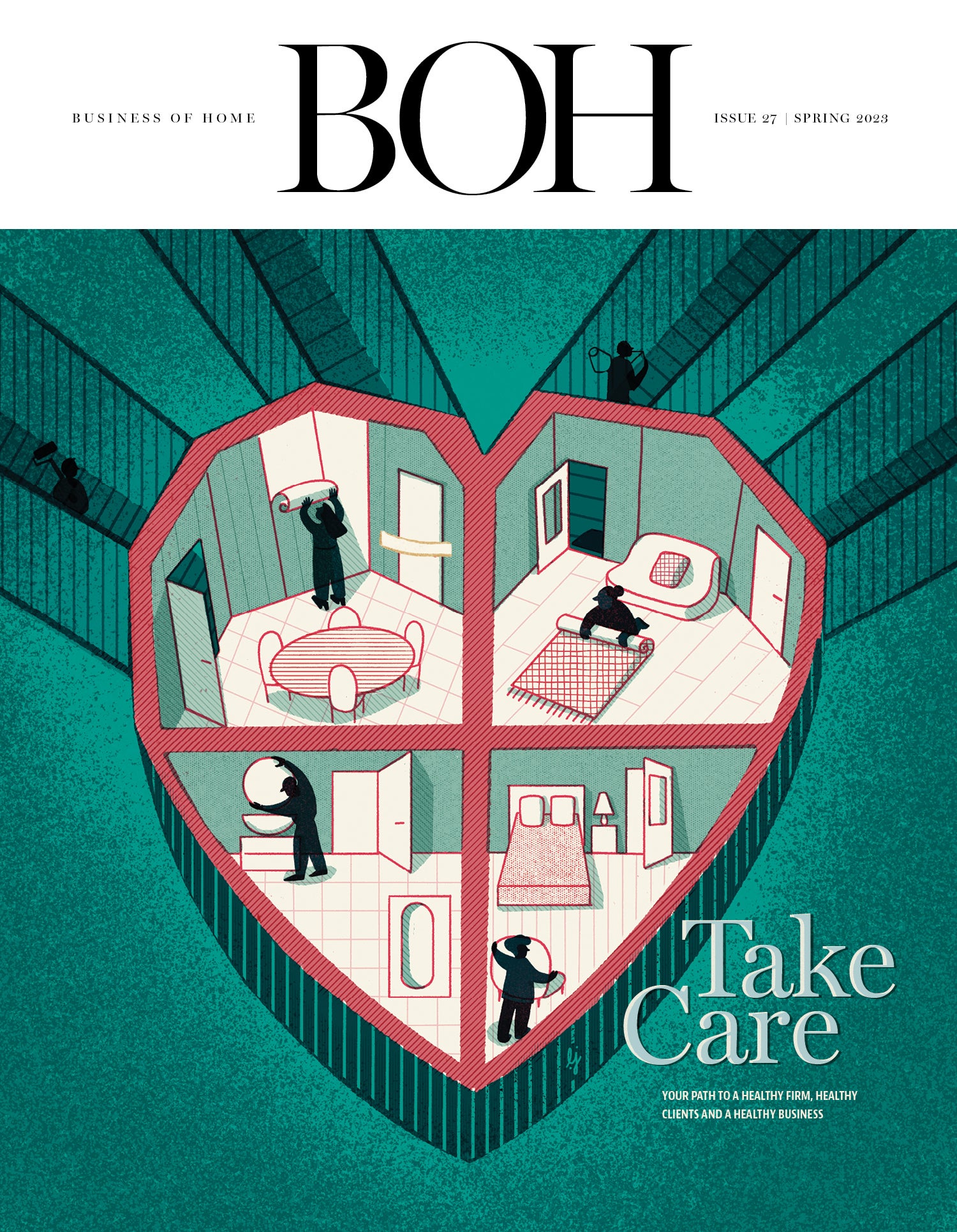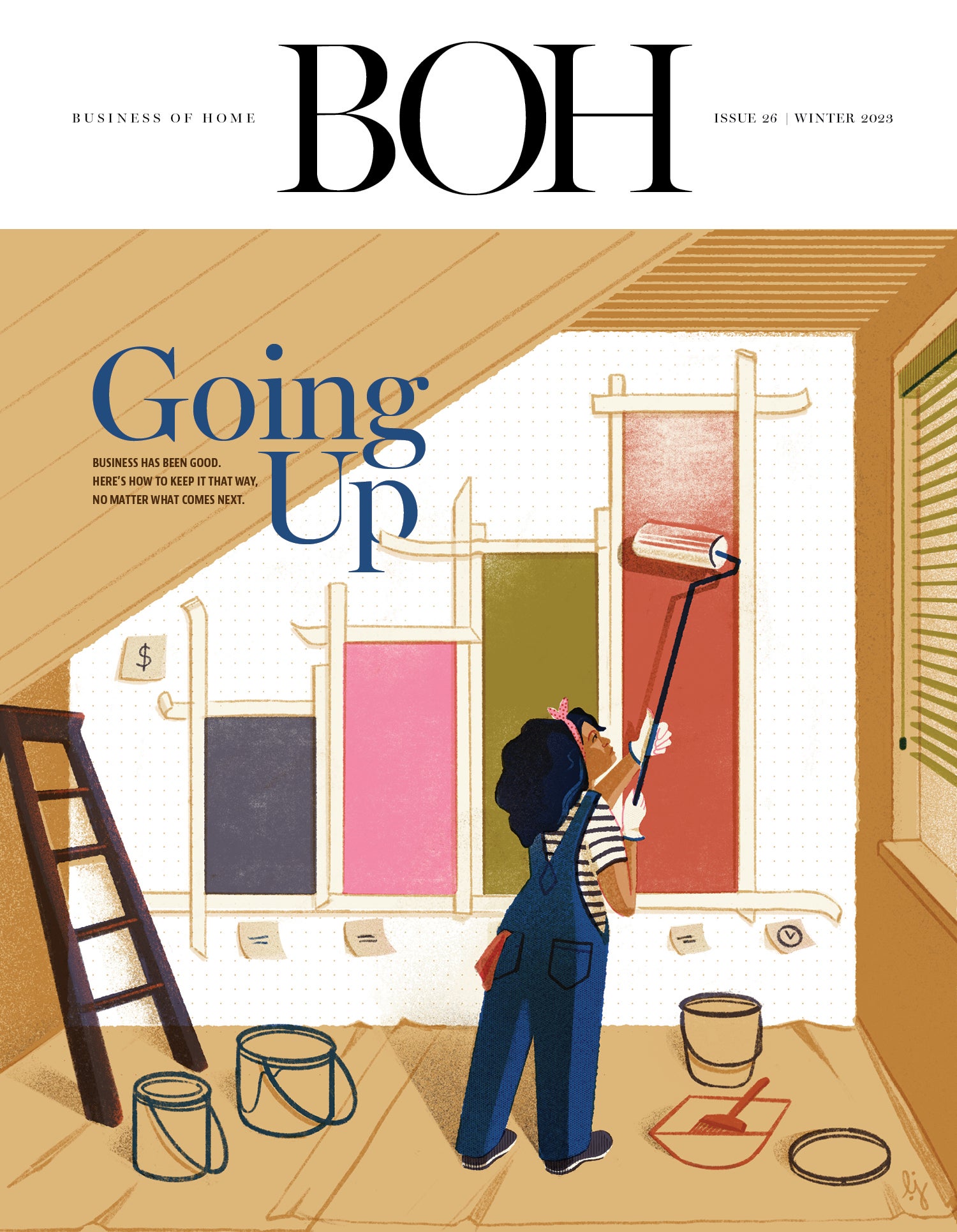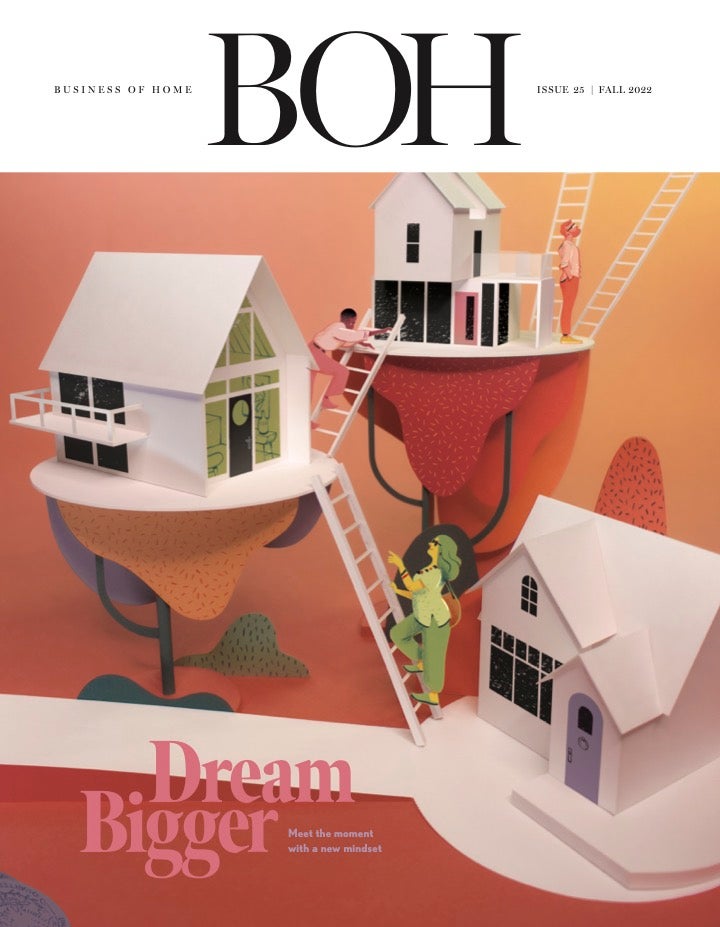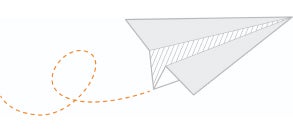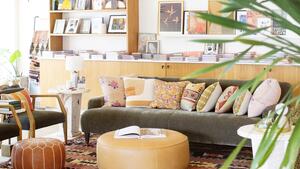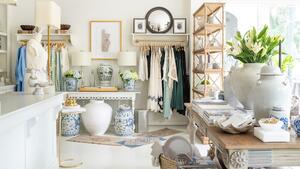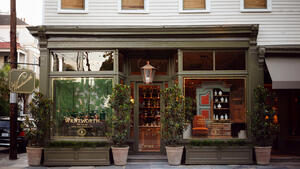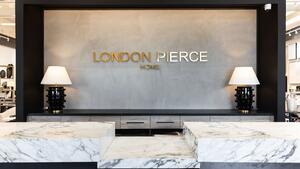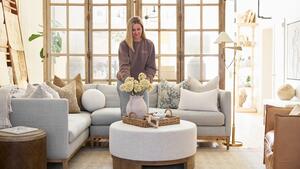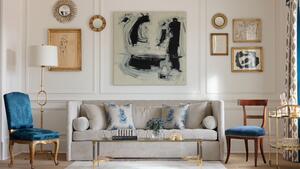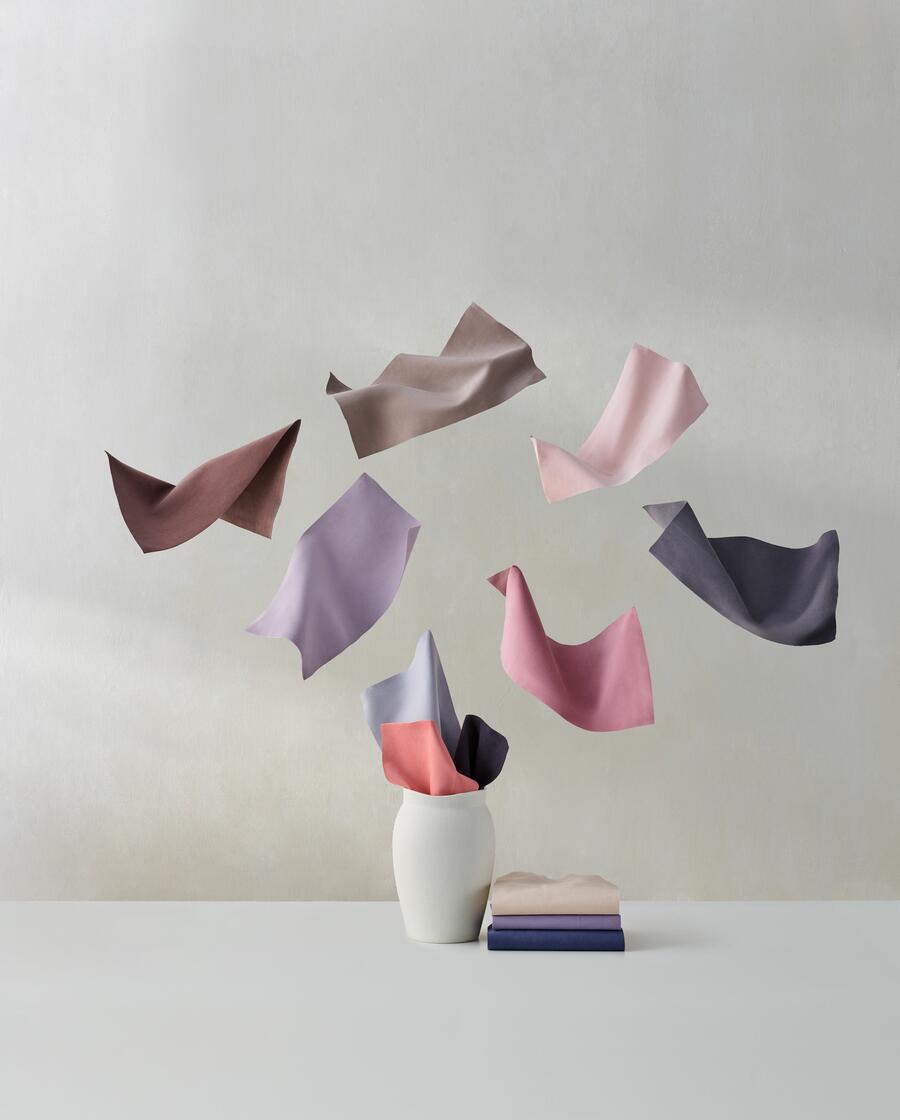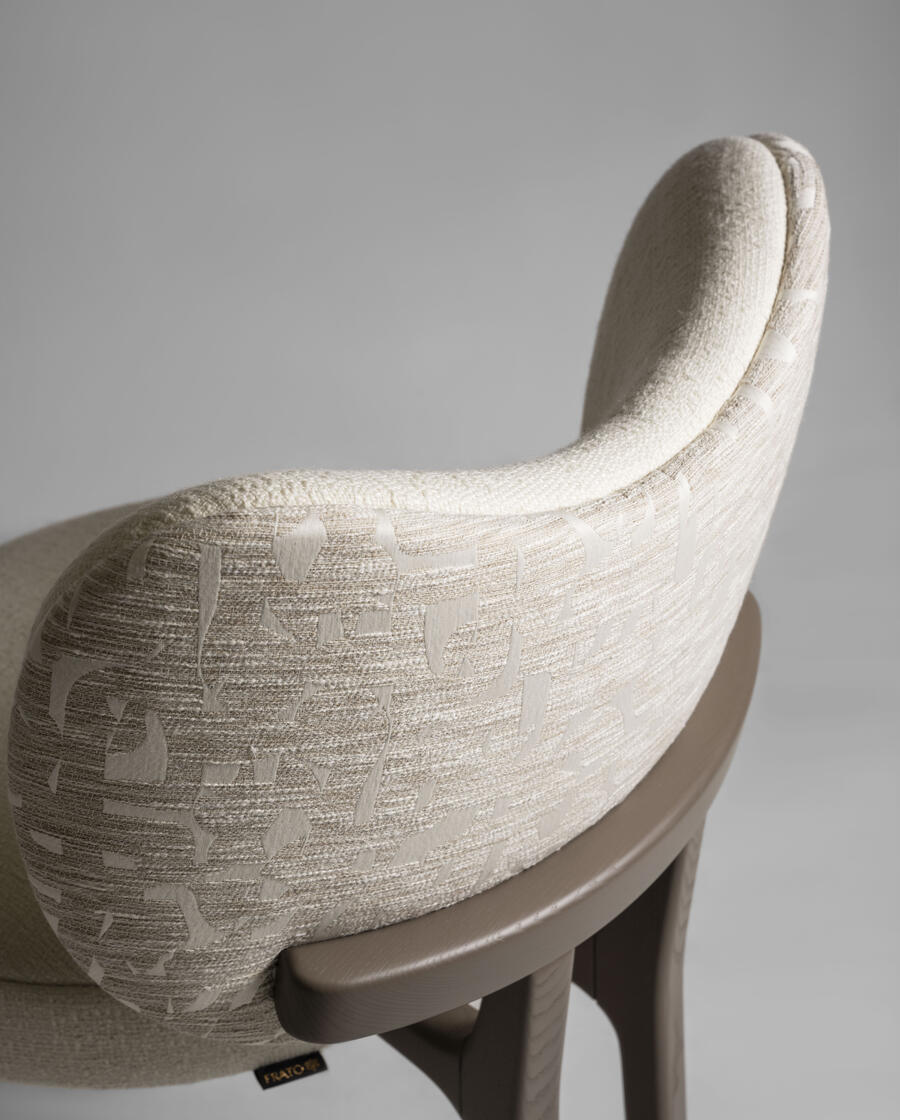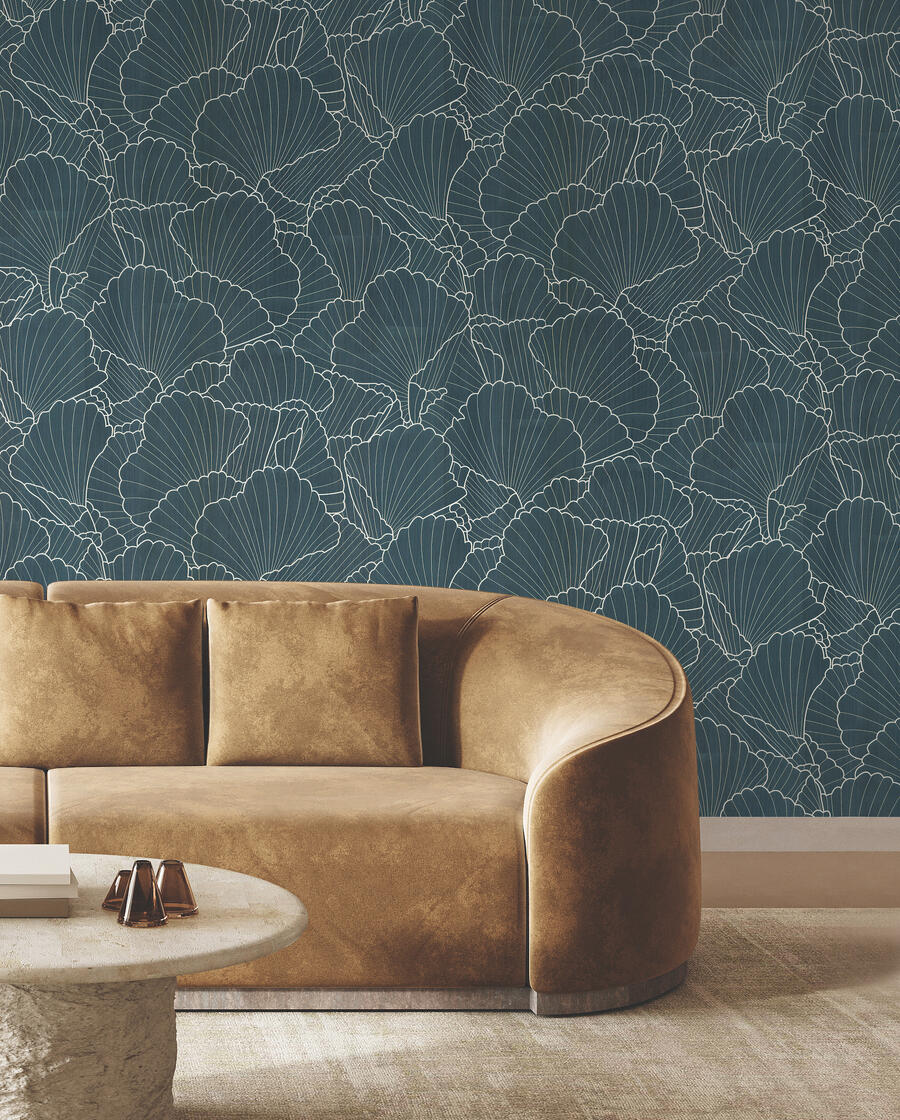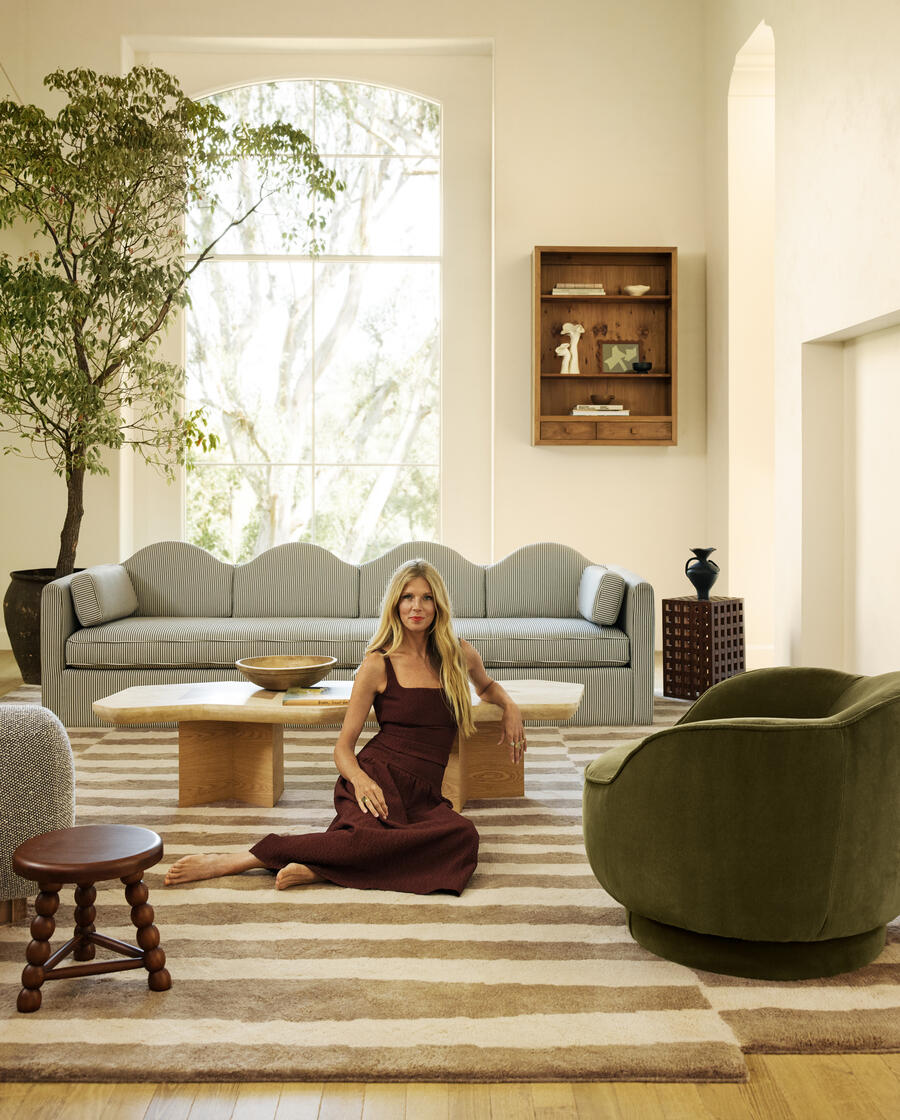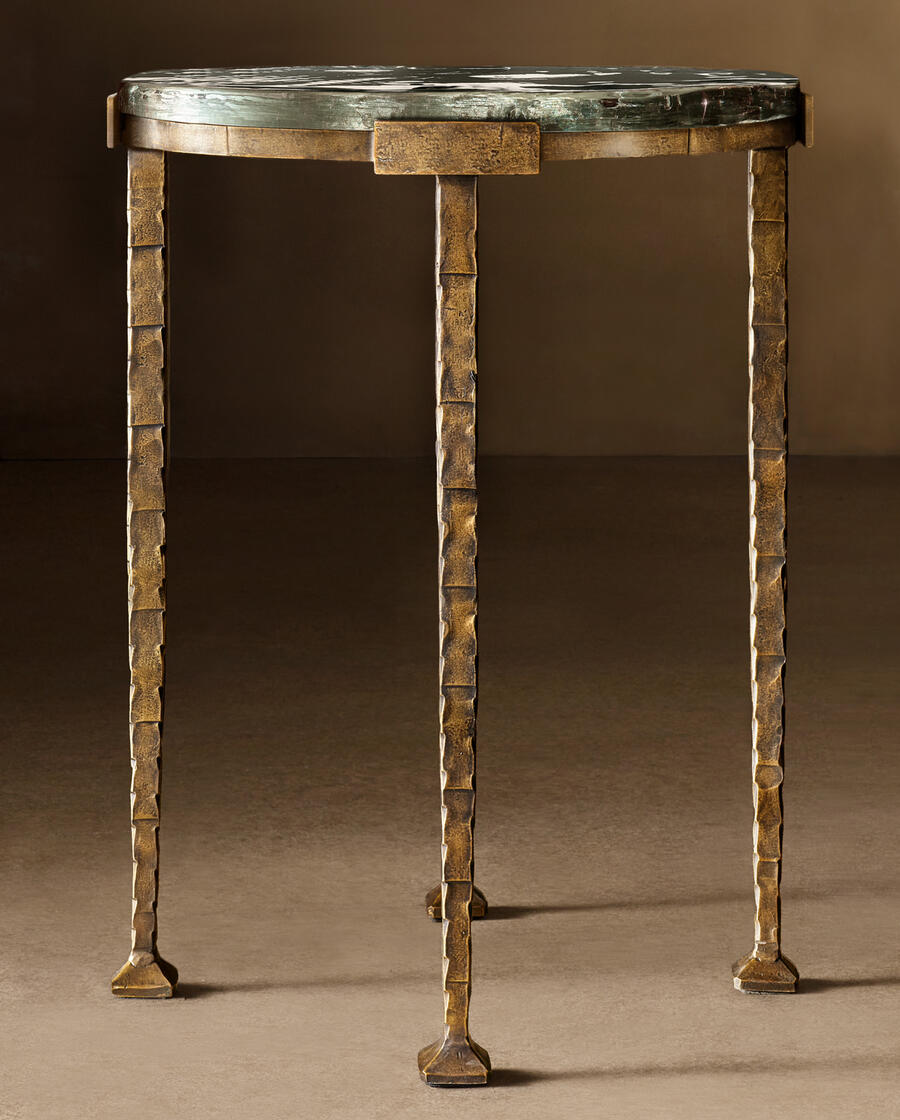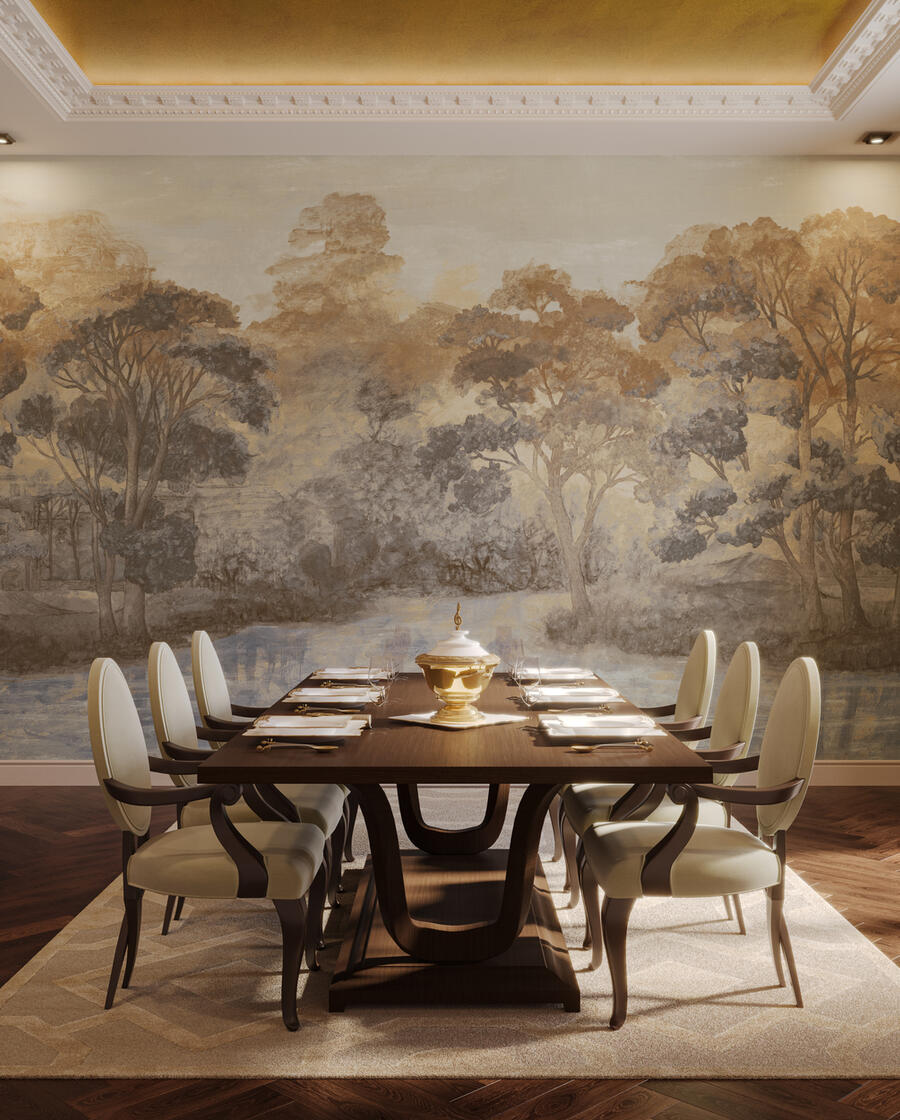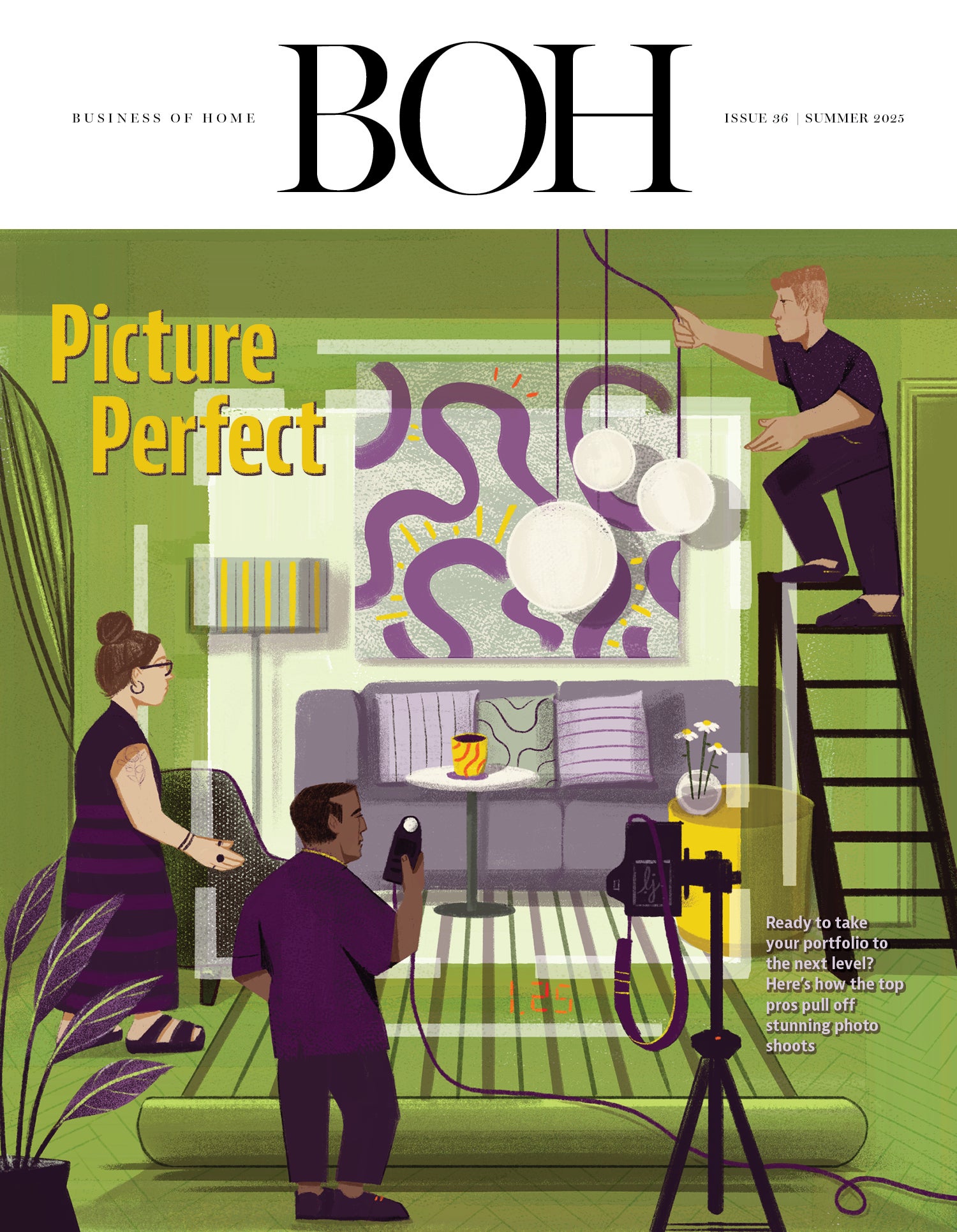In Business of Home’s series Shop Talk, we chat with owners of home furnishings stores across the country to hear about their hard-won lessons and challenges, big and small. This week, we spoke with Colin Stief and Sarah Zames of the Brooklyn-based interior design studio General Assembly and the showroom Assembly Line.
General Assembly, which was founded in Boerum Hill in 2011, was already a smash success—with residential projects routinely featured in Architectural Digest and The New York Times—when the duo decided to branch into retail in 2020. Assembly Line is located on a block with other independent home goods shops, including Michele Varian Shop & Design, Humble House, East Fork and Collier West; Zames and Stief have endeavored to be part of the corridor’s vibrant community, taking part in the NYCxDesign Festival with events like the Atlantic Avenue Day of Design and Boerum Hill Design Night, during which they host an annual art show themed around a handful of favorite artisans and vendors. Ahead, they talk about pulling the events together, the learning curve of hiring staff, and why a certain medicine cabinet sells like gangbusters.
What drove you to go into retail?
Zames: We had potential clients reaching out to us, looking to do targeted work to their home, and the scope of work was too small to take on. That onslaught of inquiries was the catalyst to jump on this idea we’d had for a long time, which was creating an easier path for direct-to-consumer design enthusiasts to source certain products and pieces—brands that only trade people really know—in an easier way. It was consumer-driven. We really wanted people to be able to touch and feel the solid construction of these pieces. We had also built a nice community of emerging, independent [vendors] and they didn’t have a place to show their work.
Stief: How do we give people access to the independent designers we work with to create one-off pieces for a project? How do we bridge that gap?
How is the store set up? Unlike most home goods stores, it’s certainly not cluttered with tons of product.
Zames: The intention was to make it feel like everything is working together, rather than 10 different chairs in a row on a pedestal—creating a curated space that feels good when you walk into it.
Stief: Everything we put in the shop we would put in a General Assembly project. The storefront is a vignette. Even with design clients, if there are too many options, it turns into chaos. The storefront is just, “Here are these new things we’re showing right now. This is what pairs with it.” The front room is more focused on our materials library—rugs, paint, hardware. Then the middle one currently has a dining room setup, and in the back is this bedroom-lounge area. We swap them twice a year.
Zames: The storefront has evolved to be a snapshot of a few designers we’re focusing on at that given moment. It’s led us to get creative about other places where we can show our work—like we [partnered] with [Brooklyn developer] Tankhouse at 144 Vanderbilt, taking over a couple of spaces there as an extended showroom. We’ve been looking into that more and more.
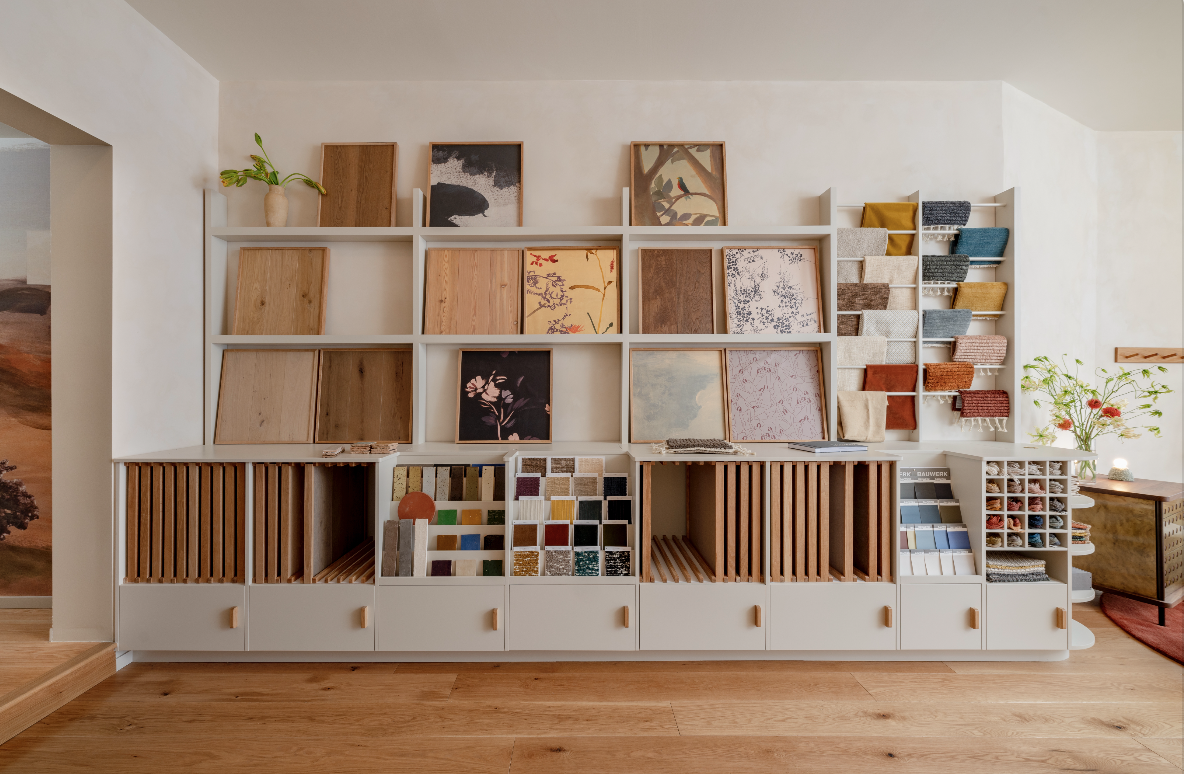
You’re in a prime location on Atlantic Avenue. Did you seek it out specifically because it’s become a kind of designer’s row?
Stief: I love that! Is it called that?
I’m calling it that!
Stief: Sarah was very adamant about being on that block. It was during Covid, so there may have been more spaces available than usual. Our shop was the old Steven Alan Home space, and the Ace Hotel was being built [nearby]. Primary Essentials [has] always been there. It has a history of vintage furniture stores, consignment stores. Since we opened, it’s kind of exploded, and it’s been great. Now we try to do a Boerum Hill Design Night during design week, and we get all the design shops to do an opening at the same time. We create this block-party vibe.
How did you choose which vendors to bring into the space?
Zames: It’s the same decisions we make for our projects, which are based on craft, materiality, the story behind the design.
Stief: Everything we’re putting in the shop, we’re asking ourselves, “Would we source these for a project?” And if the answer is no, then we don’t. It might be a cool light! But would we put it in a project?
Zames: It’s also [about] balance. You can have a certain number of limited-run pieces—specialty lighting, custom furniture, pieces you will hopefully hold on to forever. But realistically, when you’re doing an entire space, every piece can’t be like that.
Stief: A lot of the brands [we sell] are making really beautiful and well put-together pieces in good materials, but their manufacturing lets them sell things at a lower price point.
Zames: Our origin story is direct-to-consumer. Through our perspective on sourcing, I think we’ve [also] become a valuable resource to trade clients, architects, interior designers, because of the broad net we’ve been casting. When sourcing, we’re thinking about those people. How do we simplify their procurement process? How can we be a white-glove service to them, and help them source multiple things in one place rather than chasing down a bunch of [vendors]?
Is there a certain category or product that does really well for you?
Stief: The Josh Greene medicine cabinet is amazing. There were no good-looking medicine cabinets on the market, and he absolutely nailed it. It’s very good for a renter because you can do a surface-mount option, or if you’re doing a larger renovation, you can do fully recessed. There’s a lot of colors. It’s just a flexible item.
Zames: It definitely appeals both to trade and consumer. I got to a point where I was not even drawing [medicine cabinets] in assessments with clients. It was either super custom, which is fine, and we do a lot of that still, or you’re [using] these prefab, recessed cabinets that were so ugly. We got away from [them]—like, “Just do a mirror! It’ll be great!”—until this came along. It scratched that itch.
What about your own favorite categories?
Stief: I have a little background in furniture making, [and for me] the most exciting [item] is a good chair. A good side table really gets me going. We just launched this collection in May with Juntos Projects, [which is] based in New York and making some really amazing stuff with great color. We’re developing some of our own furniture now as well; they were pieces designed for projects, and now that we have the space to sell them, we’re putting them into production.
Zames: [For me it’s] lighting. We’ve been highlighting some work by Blue Green Works in the shop. We’ve known [the designer] Peter [Staples] now for some time and love his work. I love a well-designed piece that’s at an attainable price point. There’s this really luxurious quality to what he does, and his materials are so beautiful, but they’re in reach. I like shiny things! The other thing I [love] is the Spaces Within hardware. I would put it in everything, all the time.
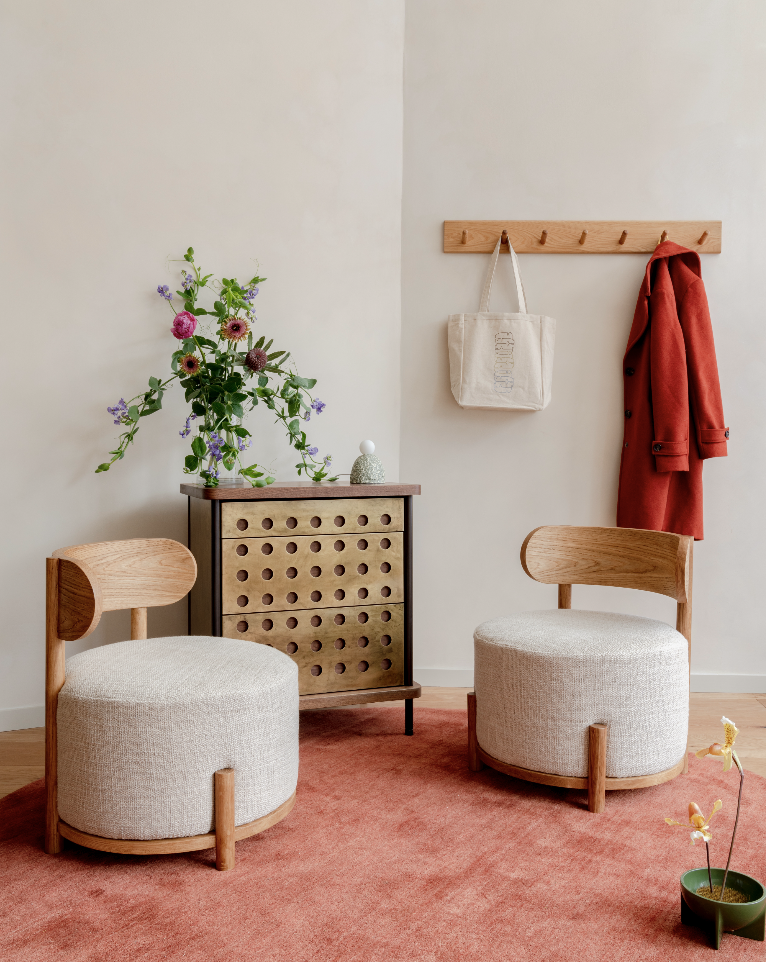
How have you gone about staffing?
Zames: When you’re starting a second business, and without investors, [you’re figuring out]: How many hats can people wear? What is the priority? What we’ve learned is that having a design perspective is a big priority. Being really interested in the story of the [artisans] we are selling is important. Because that’s what gets [customers] excited. That’s what gets us excited! We do fairly intense trainings with everybody, where [new hires] go to the studio of one of our furniture designers and learn about how they make their pieces.
Stief: It was a learning curve.
Tell me about developing Boerum Hill Design Night.
Stief: It’s taken on its own life. This was our fourth design week. Staffing-wise, we have an operations personnel, Catherine, who is wonderful and handles a lot of those logistics. Being part of the community is the core of the shop—it’s accessible and anybody can walk in. These events are open to anybody who wants to come.
Zames: When we first started, we were like, “OK, let’s have an event every couple of months.” Now we do smaller breakfasts, happy hours, and then the big event in the spring. We had been meeting with Juntos and developing that relationship. The event started revolving around color, and bringing in new pieces to support that. The year before was a group show around “time and materials,” and we commissioned individual designers to contribute a piece for that theme. As for how we decide what each show is going to be, it’s really our joy. It’s the things that get us the most excited.
Stief: It’s a nice stamp on “This is what we’re interested in.” We don’t know what next year is going to be.
What are your dreams for the future of your retail business?
Zames: The immediate is that we find more creative faces to show work. That plays into the long-term goal, which is to nurture [artisans], create spaces for them to build relationships that last, and [give them] a voice. A lot of the [makers] that I really respect, it’s the thing that makes them so wonderful, these relationships they’ve held on to for years. I admire that and would love to have it.
Stief: [Local ceramicist] Christopher Merchant is a great example of that. He had a full-time job when we started working with him, but was starting his studio, and now he has pieces with Roll & Hill. For expansion, I’m thinking of more creative ways to show things, or do smaller events outside of New York—develop our own furniture and lighting, and partner with brands we really like.
Zames: Developing those lines would be great. We put out this coffee table that was originally designed for a project, and it’s done really well. A full collection is our goal. It would be nice to find partners to make that happen.
What are your best days as shop owners?
Stief: We’re not in the shop much. We do a lot of meetings in the shop, consultations. Somebody can book an hour, and we sit down and talk through their questions. But the majority of our time is in our [design] studio, which is a 10-minute walk from the shop. It’s easy to get there when we need to. It’s pleasant! Physically, we’re not there, but spiritually, emotionally …
Zames: Except in May, when we’re there all the time.
Stief: All the time. What is your best day?
Zames: I think the shows. Or when we get to flip the space. This spring, we changed out a lot. We did a full transformation, and that’s the most exciting. Having new pieces come in and getting to see them in the space—it’s similar to installation day on a project for General Assembly. Those are the best days.



